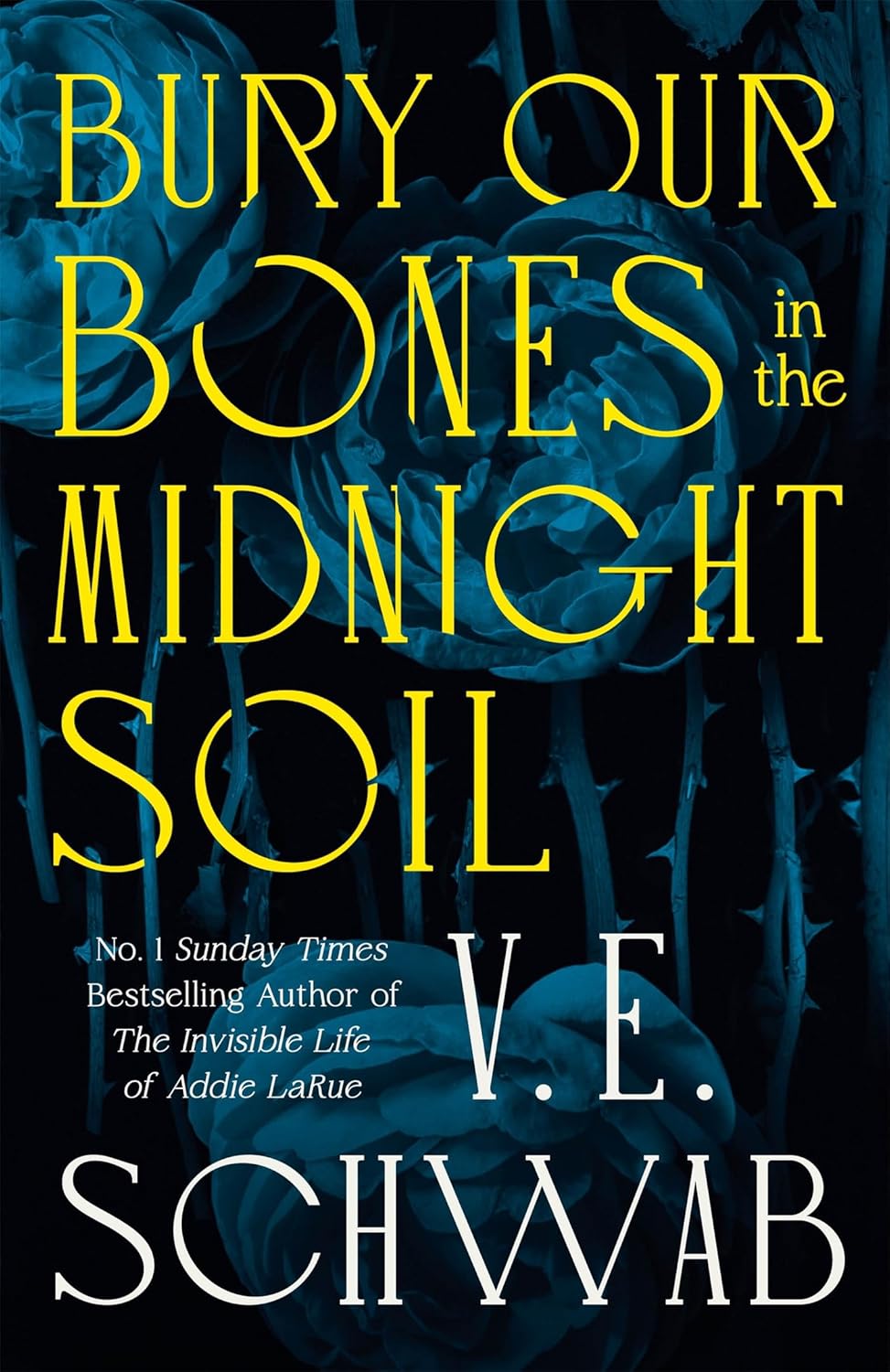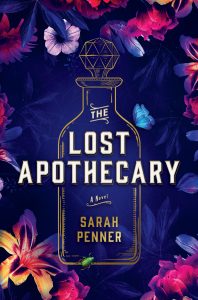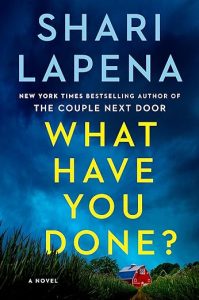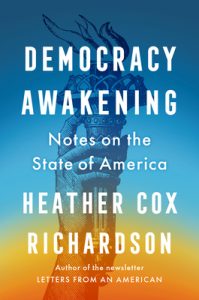
In Bury Our Bones in the Midnight Soil, V.E. Schwab returns to her signature style of lyrical melancholy and slow-burning dread, weaving together centuries of yearning, violence, and transformation. This is not a traditional vampire tale it’s a haunting exploration of hunger in all its forms: hunger for freedom, for love, for power, and for the right to exist beyond the limits imposed by others.
Told across three timelines 1532 in Spain, 1827 in London, and 2019 in Boston the novel follows three women whose stories are linked by blood, desire, and the eternal ache of wanting too much.
María, a wild, cunning girl in sixteenth-century Santo Domingo, dreams of escape from a world where women are prizes to be owned. When a mysterious stranger offers her a different kind of freedom, she makes a choice that changes everything.
Charlotte, a sheltered young woman in Regency London, finds her life overturned by forbidden passion. Cast out from her home, she’s drawn into a world of beauty and danger when a widow offers her salvation at a terrible cost.
Alice, a modern-day college student in Boston, runs from her past only to stumble into a dark truth that forces her to confront who she is, what she’s become, and what she’s willing to do to reclaim control.
Each of these women wrestles with the same hunger to live without constraint, to love without shame, and to take back the agency that life and society have stolen. Schwab uses vampirism not as a trope of horror but as a metaphor for female rage and liberation. These women are “monsters” only because they dared to want too much.
The prose is lush, poetic, and deeply symbolic. Schwab is at her best when writing about the ache of existence the loneliness of immortality, the danger of desire, and the consequences of choosing freedom over submission. Like The Invisible Life of Addie LaRue, this novel moves at a deliberate, meditative pace. The plot unfolds gradually, sometimes achingly so, and the connections between the three timelines only reveal themselves near the end. It’s a novel more concerned with mood and theme than with action, which may test the patience of readers seeking a traditional narrative.
The first two storylines María’s fiery defiance and Charlotte’s quiet rebellion shine the brightest. Their gothic romance and moral decay feel both intimate and mythic. The final storyline, following Alice in 2019, has drawn mixed reactions; it’s less romantic and more existential, serving as a mirror to the earlier narratives rather than their continuation. Still, it completes the cycle of hunger and consequence that defines the book.
Ultimately, Bury Our Bones in the Midnight Soil is less about vampires and more about the nature of desire itself the way it consumes and sustains us, and how every act of love carries a shadow of hunger. It’s eerie, sensual, and unapologetically queer, blending historical fiction, gothic horror, and feminist fantasy into a single, intoxicating whole.
Verdict: V.E. Schwab delivers a hypnotic, slow-burning gothic masterpiece about the power of want and the peril of getting what you crave. Bury Our Bones in the Midnight Soil is not a story of monsters it’s a story of women who refused to starve.
👉 Get your copy on Amazon: https://amzn.to/46FUKua


